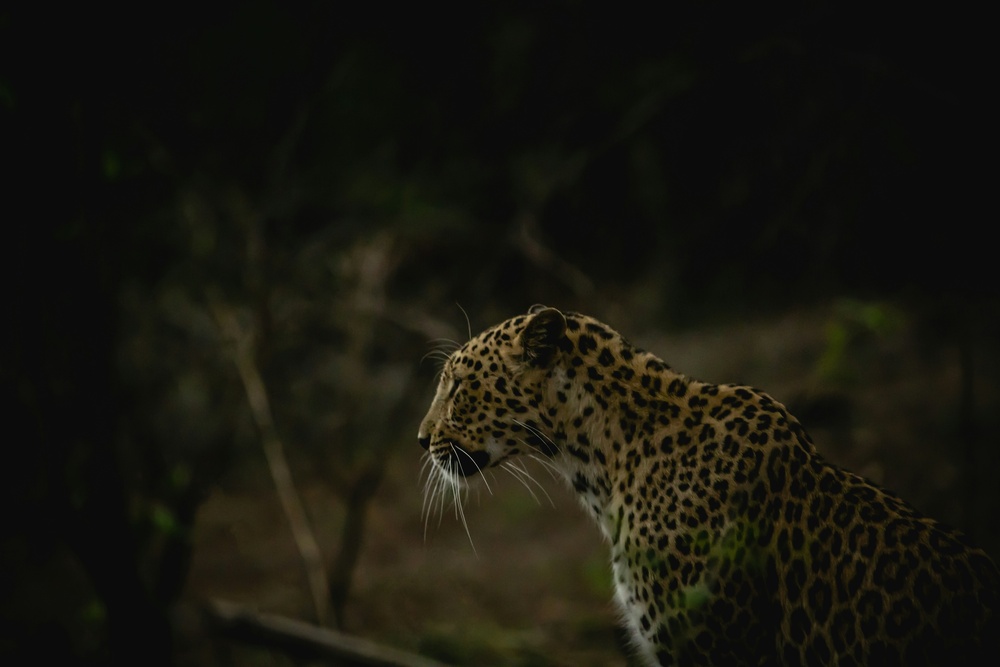Physical Address
304 North Cardinal St.
Dorchester Center, MA 02124
Physical Address
304 North Cardinal St.
Dorchester Center, MA 02124
Gir National Park, nestled in the western Indian state of Gujarat, is a unique wildlife sanctuary famous for being the last refuge of the Asiatic lions. Spanning over 1,400 square kilometers of dry deciduous forest, grasslands, and rocky terrain, Gir offers a rare opportunity to witness one of the world’s most endangered big cats in their natural habitat. If you’re planning a trip to this incredible wildlife haven, knowing the best time to visit Gir National Park is essential to make the most of your experience.
In this comprehensive guide, we will walk you through the different seasons of Gir National Park, highlighting the ideal periods to visit based on climate, wildlife activity, and overall experience.
The timing of your visit to Gir National Park can significantly impact what you see and enjoy. The park’s landscape and wildlife behavior vary with the seasons, affecting lion sightings and the overall wildlife experience. Moreover, the weather influences your comfort and the accessibility of safari routes.
Choosing the best time to visit Gir National Park means balancing between favorable weather, active wildlife sightings, and comfortable travel conditions.
Gir National Park experiences three primary seasons:
Each season has distinct characteristics that influence wildlife visibility and visitor comfort.
Winter is widely considered the best time to visit Gir National Park. The weather during this period is pleasantly cool, with temperatures ranging from 12°C to 28°C (54°F to 82°F). This comfortable climate allows visitors to explore the park without the scorching heat of summer or the heavy rains of monsoon.
Why winter is the best season:
Wildlife to expect:
Summer in Gir National Park is hot and dry, with temperatures soaring up to 45°C (113°F). Due to the extreme heat, many animals retreat to shaded areas during the day, making wildlife spotting more challenging.
Things to consider during summer:
While summer is not the top choice for most travelers, it can be a good time if you prefer less crowded safaris and are prepared for the heat.
The monsoon season brings rains that transform Gir National Park into a lush, green paradise. However, heavy rainfall can make safari routes muddy and sometimes inaccessible.
Pros of visiting during monsoon:
Cons of monsoon visits:
Because of these factors, monsoon is generally considered the least ideal time to visit Gir National Park.
For most travelers, the best time to visit Gir National Park is during the winter months from October to February. This period offers a pleasant climate and the highest probability of spotting the majestic Asiatic lions and other wildlife.
If you prefer fewer crowds and don’t mind the heat, summer can be an option, but be prepared for early morning safaris and the blazing sun. The monsoon season, while beautiful, is generally avoided due to weather challenges and limited wildlife activity.
Gir National Park is a remarkable destination for wildlife enthusiasts, nature lovers, and adventure seekers. Planning your trip during the best time to visit Gir National Park will ensure a rewarding experience filled with unforgettable wildlife encounters and stunning natural beauty.
Whether you want to witness the regal Asiatic lion or explore the park’s diverse flora and fauna, aligning your visit with the ideal season will make your journey truly special. So pack your bags, plan ahead, and get ready for an incredible safari adventure at Gir National Park — one of India’s most treasured wildlife sanctuaries.
